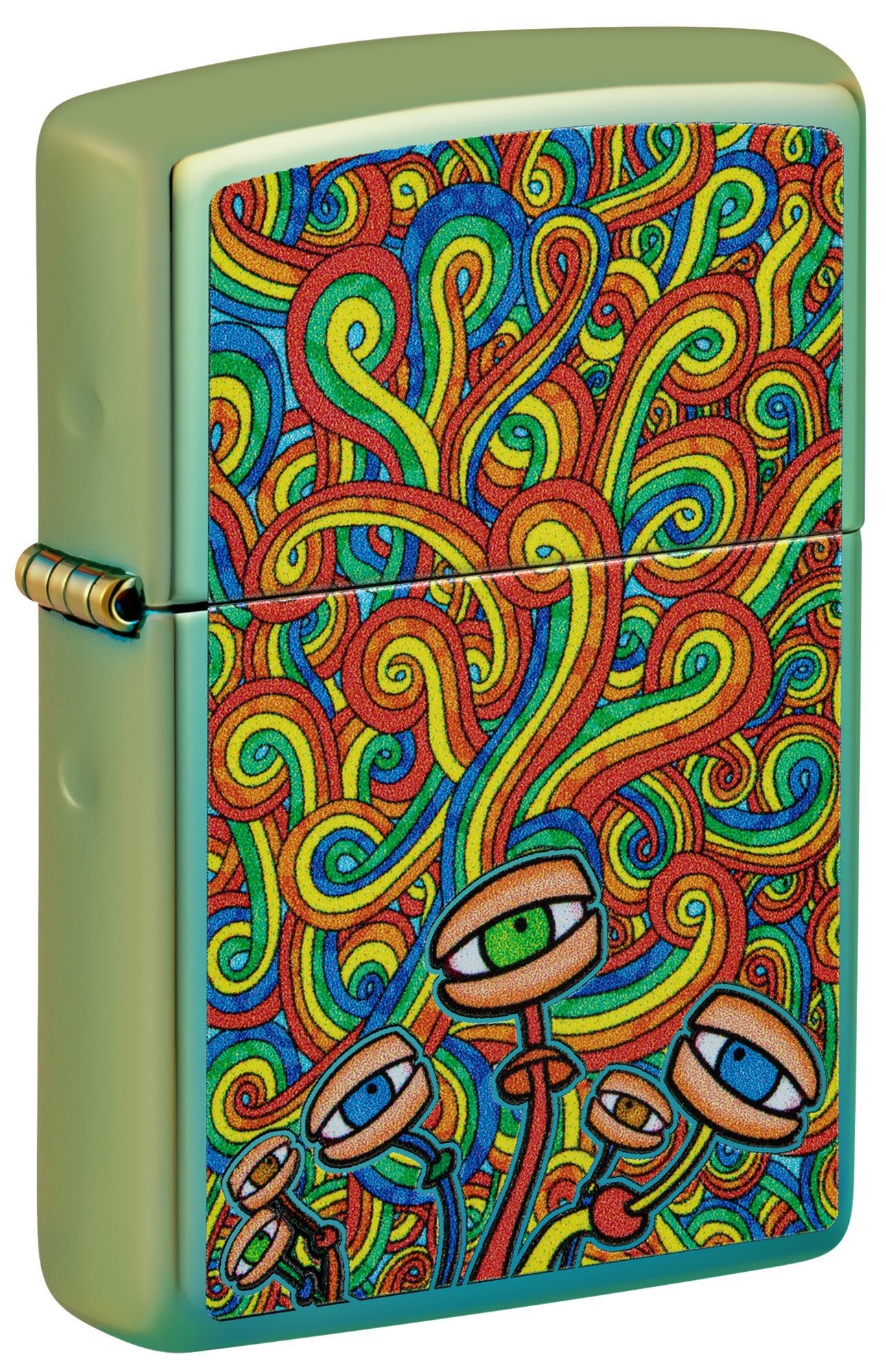All Concerning Psychotomimetic Compounds: Their Function in Psychological Research Study
Psychotomimetic substances, such as LSD and psilocybin, have garnered enhancing passion in psychological research study for their capacity to reproduce psychotic signs and symptoms and offer understanding into different psychological wellness disorders. Their interactions within the mind, especially through serotonin and dopamine pathways, recommend a facility relationship between consciousness and neurobiology that might open unique therapeutic opportunities. As scientists remain to explore their potential applications, ethical considerations surrounding their usage in professional setups become vital, elevating essential questions about safety and notified approval that call for more expedition.
Meaning of Psychotomimetic Compounds
In the realm of psychological research, psychotomimetic compounds are substances that can induce results looking like those of psychosis, such as hallucinations, misconceptions, and modified understandings of truth - About Golden Psycho. These compounds can be categorized into various categories, including hallucinogens, dissociatives, and certain stimulants, each producing distinctive emotional results
The medicinal action of psychotomimetic compounds frequently involves modulation of neurotransmitter systems, particularly those related to serotonin, dopamine, and glutamate. For circumstances, materials like lysergic acid diethylamide (LSD) mostly act on serotonin receptors, resulting in profound changes in sensory assumption and cognition.
The energy of psychotomimetics in research study lies in their capacity to simulate psychotic signs and symptoms, giving a design for understanding the hidden devices of psychotic conditions such as schizophrenia. By researching the effects of these compounds, researchers can obtain understandings into the neurobiological and psychological procedures that add to psychosis.
Furthermore, psychotomimetic substances have been discovered for their restorative potential in dealing with various psychological health problems, including clinical depression and stress and anxiety, highlighting their dual duty in both research and possible medical applications.
Historic Development and Context
The expedition of psychotomimetic substances has a rich historic context that dates back to old civilizations, where compounds such as psilocybin mushrooms and peyote were made use of in spiritual and healing methods. These very early uses often intertwined with spiritual rituals, recommending a profound reverence for the transformed states of consciousness caused by these substances.
The mid-20th century marked a considerable juncture in the study of psychotomimetic materials, particularly with the synthesis of LSD by Albert Hofmann in 1938. The succeeding popularization of LSD in the 1960s militarized a wave of interest in both its mental results and prospective therapeutic applications. Researchers began to check out just how these substances might simulate psychotic states, giving insights into mental ailment.
However, the enhancing association of psychotomimetics with counterculture activities brought about regulatory backlash, culminating in the criminalization of a number of these compounds. Regardless of these obstacles, the resurgence of interest in the restorative capacity of psychedelics in the 21st century has triggered restored research study. This historic trajectory underscores the progressing perception visit site of psychotomimetic compounds, changing from spiritual compounds to topics of clinical inquiry and, possibly, go to my site restorative pledge.
Devices of Activity
Comprehending the systems of activity of psychotomimetic substances discloses the complex ways these materials engage with the brain's neurochemistry. These substances mainly exert their effects via modulation of neurotransmitter systems, specifically serotonin, dopamine, and glutamate.
Along with serotonin, dopaminergic paths are substantially influenced by substances like mescaline and certain cannabinoids, which can lead to altered states of consciousness and adjustments in mood and motivation. Additionally, the NMDA receptor enmity observed with materials like ketamine highlights one more pathway where psychotomimetics might induce dissociative states and extensive alterations in assumed processes.
The neurochemical cascades launched by these communications cause complicated and complex psychological impacts. Recognizing these mechanisms is critical for both the improvement of emotional research study and the healing potential of psychotomimetic compounds, as they give insights into the underlying neural correlates of modified states of awareness.
Current Research and Applications
Current investigations into psychotomimetic compounds have actually disclosed a rebirth of passion in their healing applications, particularly in the fields of psychiatry and psychology. Researchers have begun exploring substances such as psilocybin, LSD, and ayahuasca for their possible to reduce signs connected with different mental health and wellness conditions, including anxiety, anxiety, and PTSD.
Medical trials have demonstrated that, when administered in controlled environments, these substances can promote extensive mental experiences, promoting emotional innovations and enhanced therapeutic outcomes. Researches have shown that psilocybin-assisted treatment can lead to considerable reductions in treatment-resistant clinical depression, with impacts lasting for numerous months post-treatment.
In addition, psychotomimetic substances are being assessed for their capacity to promote neuroplasticity, potentially permitting for even more effective rewiring of maladaptive idea patterns. These findings recommend that such compounds may offer as accessories to standard psychotherapeutic methods, improving the efficacy of healing treatments.
As research progresses, the focus is shifting towards recognizing the optimal dosages, restorative setups, and individual qualities that can take full advantage of the benefits of these compounds. This expanding area holds pledge for transforming psychological health therapy paradigms and attending to the limitations of traditional psychological medications.
Moral Considerations in Study

Browsing the honest landscape of study involving psychotomimetic substances is essential to making certain participant safety and the stability of research study end results. Researchers need to focus on informed read more approval, guaranteeing that individuals totally understand the possible dangers and advantages connected with the compounds being researched. This includes offering thorough information about possible emotional effects, including severe and lasting influences, and allowing participants the chance to take out from the research at any time scot-free.
Moreover, ethical oversight by institutional evaluation boards (IRBs) is crucial. IRBs evaluate research protocols to protect individual well-being and maintain honest criteria. This analysis aids minimize threats and ensures that studies are conducted with scientific rigor. Additionally, the potential for browbeating need to be meticulously assessed, especially when vulnerable populations are entailed.
Privacy is another vital consideration. Scientists need to apply durable steps to safeguard participants' identifications and data, specifically offered the delicate nature of experiences linked with psychotomimetic compounds (About Golden Psycho). Inevitably, a commitment to ethical methods not just promotes trust fund in between researchers and individuals yet also improves the integrity and validity of the study results, adding to the innovation of psychological knowledge

Conclusion
To conclude, psychotomimetic substances, especially timeless psychedelics such as LSD and psilocybin, deal substantial understandings into emotional problems via their distinct mechanisms of activity. Their healing possibility in resolving conditions like anxiety and PTSD highlights the importance of continued study in this field. Ensuring moral requirements in research study techniques is essential for individual safety and notified permission, permitting for an accountable exploration of these substances' benefits and ramifications within emotional science.